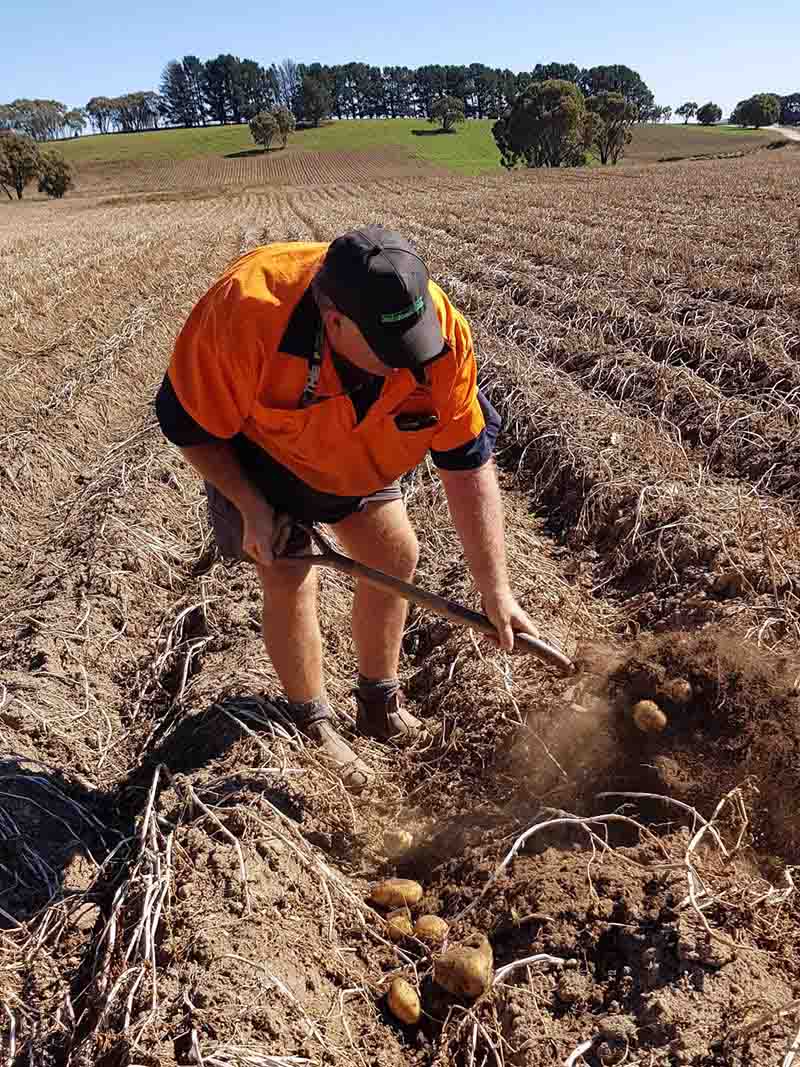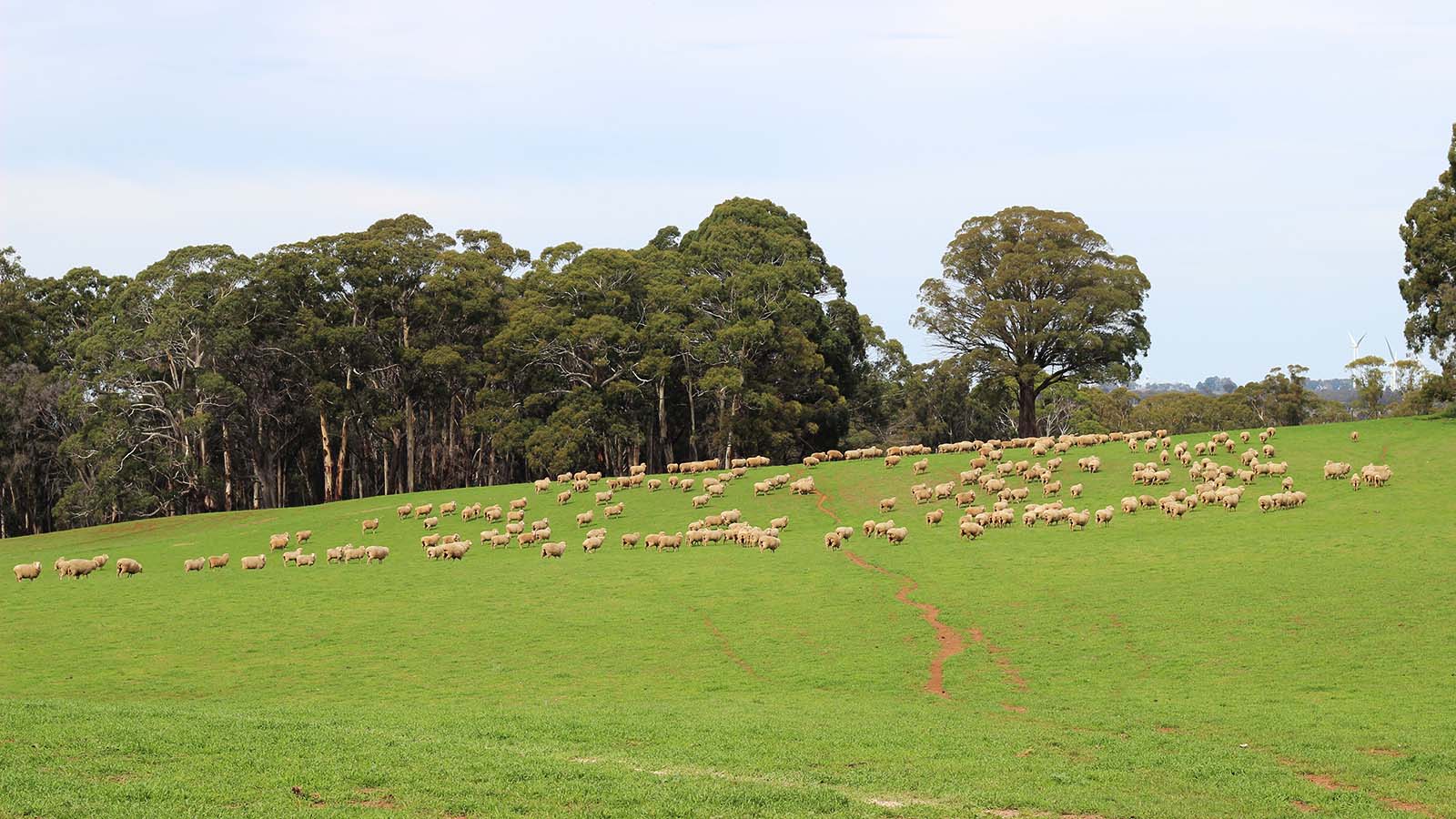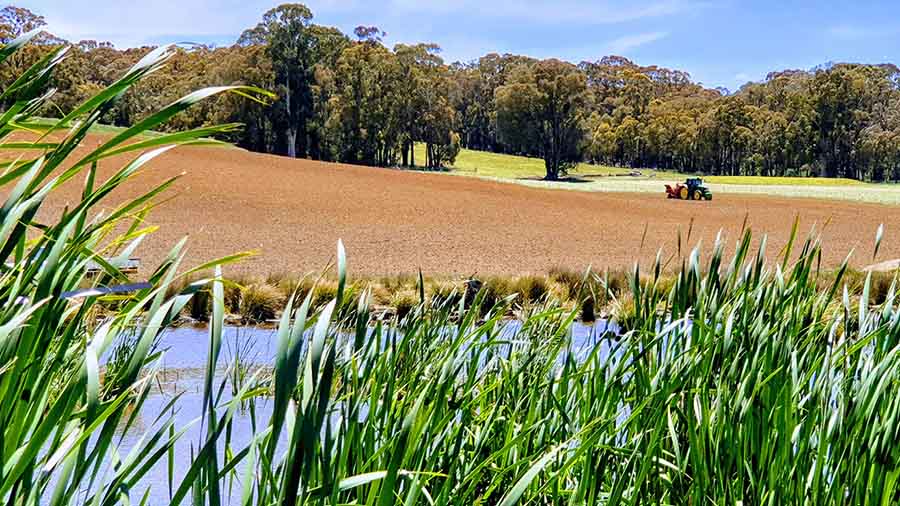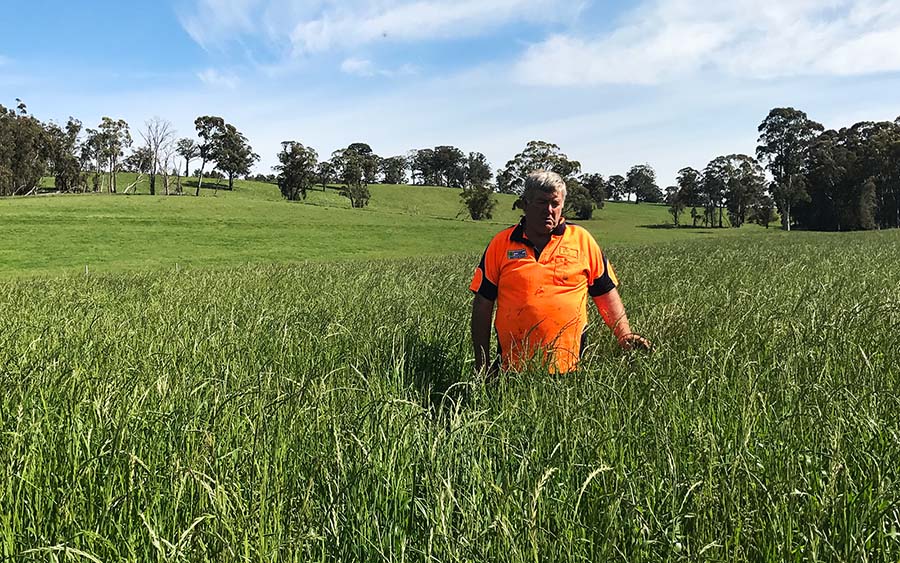 A lifelong love of soil and spuds.
A lifelong love of soil and spuds.
Garry Kadwell is a fourth-generation farmer. His family have been farming in Crookwell for over 120 years. 'The men in our family have always been ministers or market gardeners,' says Garry. 'My brother became a minister, so it was only right that I carry on the tradition as a market gardener.'
When Garry's great-grandfather came to Crookwell in 1901, he established an orchard with a horticultural market garden in between fruiting seasons. Garry's grandfather and father continued the orchard and market garden, as well as establishing around 4-5 hectares of potatoes.
As Garry got older and began working alongside his father, he became aware that continuing the orchard was not going to be financially viable for much longer due to their small scale and inability to compete with larger operations. Strategically, while his dad was on holiday one year, Garry removed the orchard in favour of building out their potato crop. Though sad that the orchard was gone, his dad knew it was the right decision and was glad that Garry had made that call.
By the time Garry took over the operation entirely, his dad had left him 147 hectares. He has since built that up to over 800 hectares by purchasing neighbouring and nearby properties over the years. Today, Garry primarily produces seed stock potatoes but has also diversified to produce lucerne and hay, as well as fat lambs, having joined 3,500 first cross ewes in 2022.
Over the years, his dedication to revegetating the land has led to around 35% of his land being in conservation.
While Garry's minister brother serves his community spiritually, Garry's environmental work has taken on a spiritual quality of its own. He began tree planting on the property in the 1970s with his grandfather, but over the years, his dedication to revegetating the land has led to around 35% of his land being in conservation.




